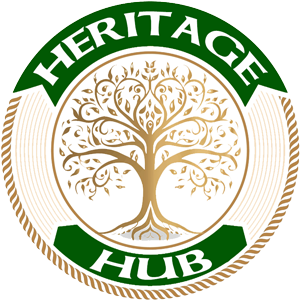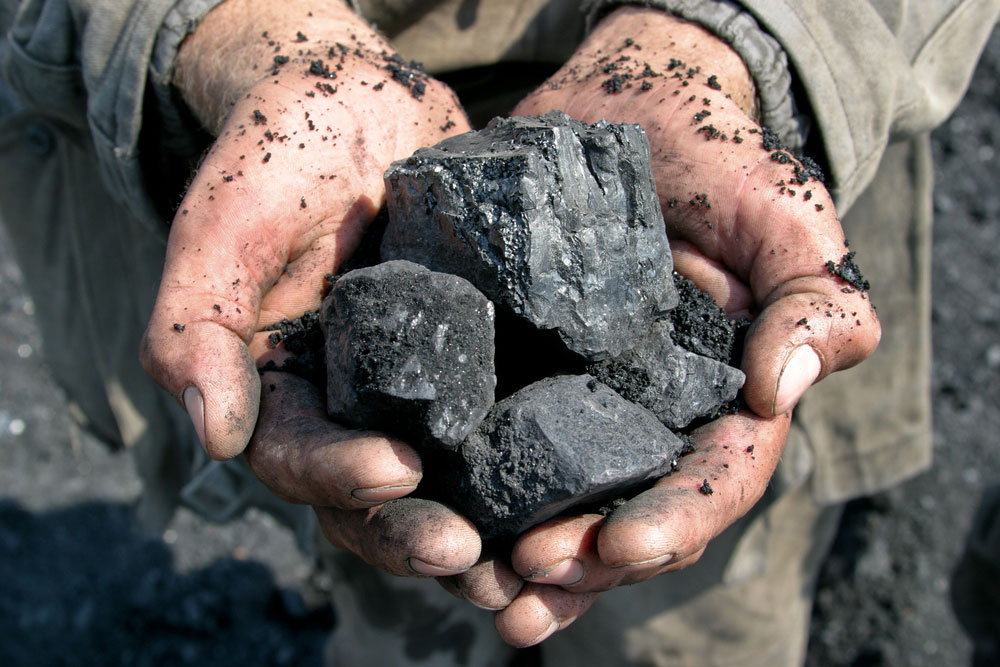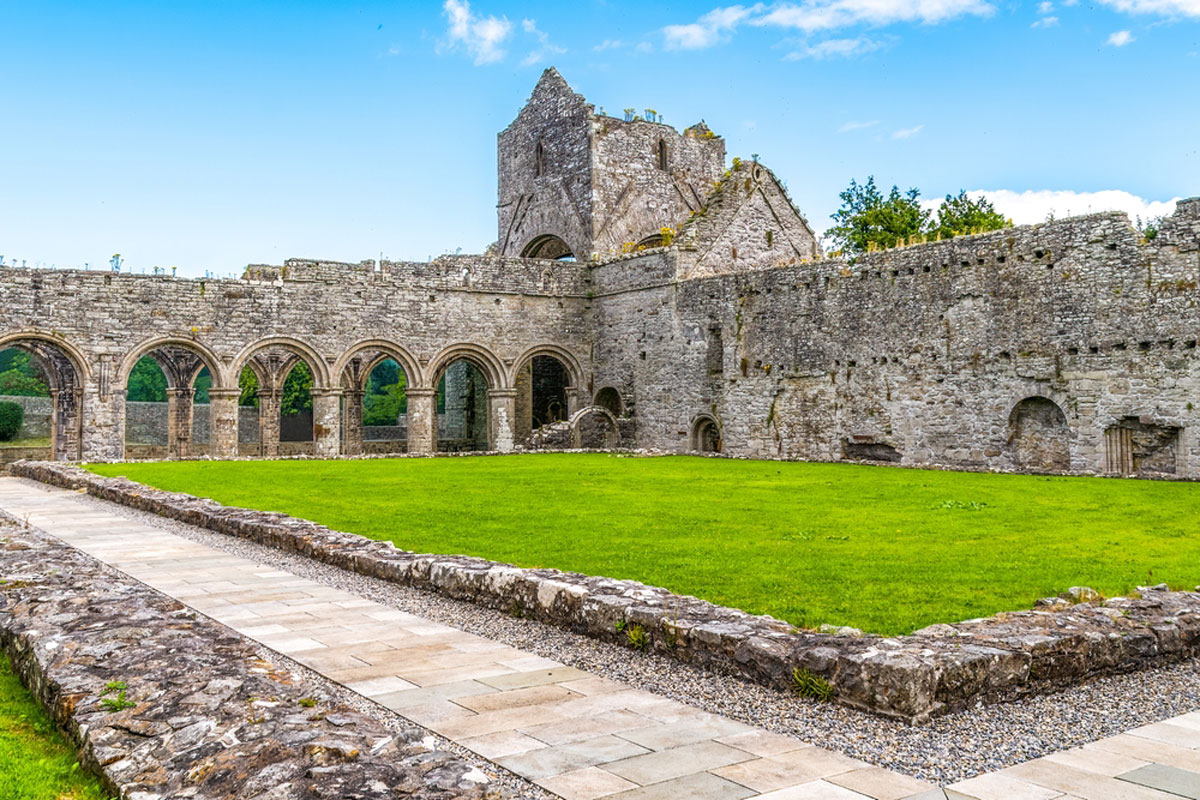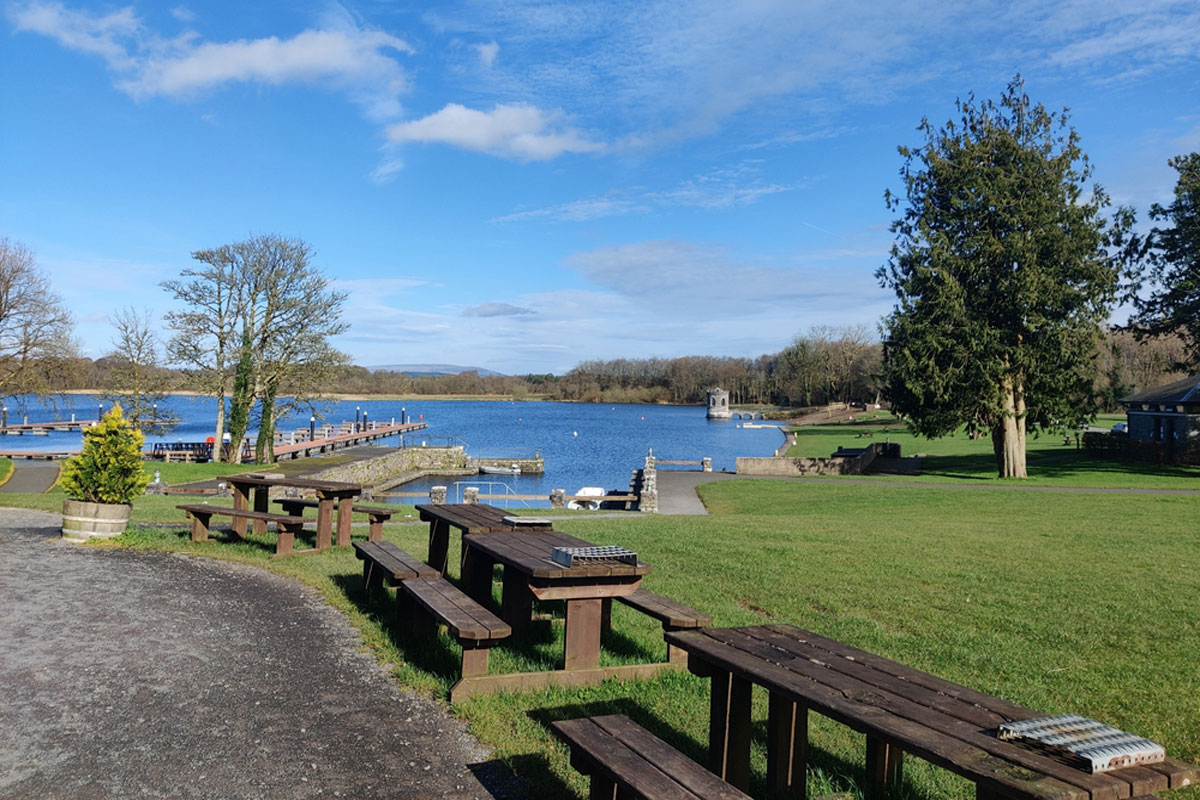Uncovering Ireland’s Hidden Coal Mining History
Ireland, a country known for its rolling green hills, craggy coastlines, and folklore, has a coal mining past that is largely concealed beneath its gorgeous surface. The narrative of coal mining in Ireland is a lesser-known chapter in the country’s rich history, but it is one filled with the hardships, victories, and undying spirit of a society that once worked beneath the soil to uncover the “black gold”—coal. Our voyage begins in the tranquil environment of County Roscommon, notably in the Arigna Valley, where the Arigna Mining Experience beckons, providing a one-of-a-kind doorway to this interesting piece of Irish past.
A Unique Glimpse into Ireland’s Mining Past
The Arigna Mining Experience is a portal that transports visitors to a period when coal mining was a part of life in Ireland. It’s a place where coal mining history comes to life, bridging the gap between the past and the present. This attraction, nestled in the scenic countryside of County Roscommon, provides a unique and immersive opportunity to learn about Ireland’s coal mining legacy.
The Unheralded Chapter of Irish History
While many people are familiar with Ireland’s associations with leprechauns, castles, and Guinness, the country’s history of coal mining is virtually unknown. However, Ireland’s coal mines were critical to the country’s development during the nineteenth and early twentieth centuries. The Arigna Mining Experience, where you can immerse yourself in the life of a miner, explore the underground tunnels, and truly appreciate the sacrifices made by the men who traveled deep into the soil, carries on the legacy of these coal mines.
Now lets travel through time, uncovering the secrets of the Arigna mines, investigating mining methods and processes, and comprehending the influence of this business on the local people. The Arigna Mining Experience is more than a tourist attraction; it is a living tribute to the hard work, hardships, and friendship that characterized the life of Irish coal miners.
Descending into the Depths
As we proceed through the Arigna Mining Experience, we travel back in time to a time when the Arigna Valley was a hive of coal mining activity. The once-quiet countryside reverberated with pickaxes, rumbling carts, and miners’ shouts as they labored deep beneath the ground.
Recognizing Ireland’s Geological Resources
Ireland’s coal mining heritage is closely intertwined with its geological history. The Arigna Valley sits upon a bed of shale, sandstone, and coal deposits, creating the perfect conditions for mining. While the coal seams of Arigna are not as expansive as those in other regions, they played a crucial role in providing fuel for local industries and communities.
The Life of a Miner
To really understand the history of Irish coal mining, it is necessary to put oneself in the shoes of a miner. The Arigna Mining Experience provides a one-of-a-kind opportunity to do precisely that. Visitors can go on an underground tour led by former miners who offer their personal stories and insights.
As you descend into the Arigna mines, you will be stunned by the subterranean world that miners face every day. Miners had to adopt a stooped stance as they walked the dimly lighted tunnels, which were often only shoulder-width wide. The mine walls, blackened with the dark residue of coal, serve as an unnerving reminder of the horrific conditions these men endured.
A Look into a Miner’s Life
The air was heavy with coal dust inside the mines, and the temperatures remained chilly, providing some relief from the frequently hot surface conditions. Miners struggled day in and day out to harvest coal from the earth in this environment. They did this by powering local enterprises and heating homes, making their employment important to the community.
Miners’ Critical Role
Visit the Arigna Mining Experience to learn not just about the tools and techniques used by miners, but also about the tremendous role they played in supporting Irish towns. You obtain a great knowledge of the sacrifices, struggles, and incredible friendship that distinguished the life of Irish coal miners by diving into the past.
Tools and Techniques of the Trade
Our tour through the Arigna Mining Experience immerses us in the life of an Irish coal miner. To really comprehend their work, it is necessary to investigate the tools and techniques they used, which were both unique and representative of the era in which they worked.
The Pickaxe and Shovel: Icons of the Trade
Central to any miner’s work were the tools of the trade. The pickaxe and shovel were as essential to a miner as a painter’s brushes are to an artist. These sturdy instruments were used to loosen the coal from the rock, and miners often wielded them in tight, low spaces. The act of breaking through the rock was not just physically demanding but required skill and precision to avoid damage to the valuable coal.
Candles in the Dark
Consider operating in near-total darkness, with only the dim light of a candle affixed to the front of your helmet for illumination. Miners had to be careful not to let their candles go out because the mine was a maze and getting lost was a true risk. These candles provided more than just illumination; they were a lifeline for the miners.
The Davy Lamp: A Beacon of Safety
Open flames were employed for illumination in the early days of mining. However, due to the presence of combustible gasses in the mines, this approach resulted in a number of accidents. The Davy Lamp, invented by Sir Humphry Davy in 1815, was a game changer. It confined the flame safely, preventing explosions, and became an essential piece of mining equipment.
Tub and Corf: Transporting Black Gold
Depending on the mine’s construction, coal was taken from the mines and delivered to the surface in tubs or corfs. These robust containers were loaded with coal and then dragged to the surface by miners or ponies. It was arduous work, especially on steep inclines, and both the miners and their four-legged assistants were indispensable in this time-consuming procedure.
Ventilation and safety precautions
Maintaining sufficient ventilation within the tunnels was a vital part of mining. Dangerous gasses, especially methane, constituted an ongoing concern. Ventilation systems, which were frequently driven by waterwheels on the surface, ensured a constant supply of fresh air.
While not as advanced as modern standards, safety measures were put in place to protect miners. These precautions included the use of safety caps, which evolved into hard hats as we know them today.
Miners’ fortitude and camaraderie
Walking around the Arigna mines gives you a strong sense of the difficult working conditions that these miners endured. It serves as a vivid reminder of the risks they made in order to extract the coal that powered Irish industry and heated Irish households.
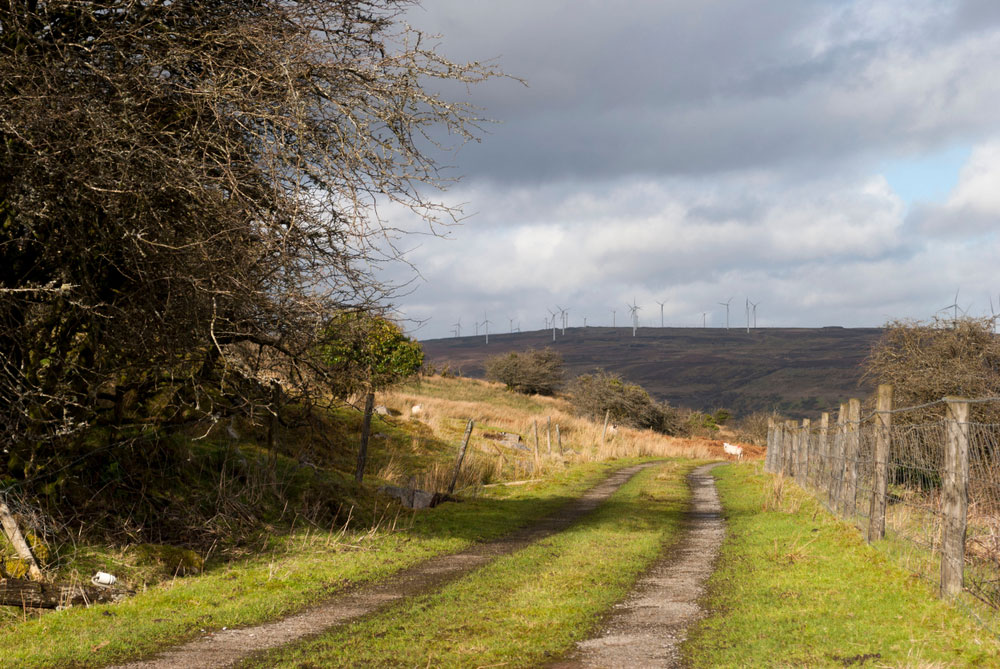
The Influence on Communities
Mining is about more than simply coal; it’s also about the communities that spring up around these companies. We now look at how the Arigna coal mines affected the surrounding environment and the people who lived and worked there.
The Rise of Company Towns
Mining operations like Arigna didn’t just mine coal; they mined communities. Company towns sprung up around the mines, often housing the miners and their families. These towns were tightly knit, forged by common work and a shared way of life. In many cases, the company provided housing, but it came with strings attached. The company exerted significant control over the lives of the miners, from the work they did to the conditions they lived in.
Economic Development and Dependence
A mine’s existence could be a double-edged sword for a community. On the one hand, it provided economic prospects, with consistent work in the mines and the opportunity for other enterprises to thrive. On the other hand, it created dependency. When a town’s only source of income was mining, the community was at the mercy of its fortunes. The closure of the mine might ruin the entire region.
Lives of Hardship and Resilience
Life in a mining town was never easy. The miners and their families endured long, grueling hours, often in challenging conditions. The work was dangerous, and the specter of mine accidents was ever-present. Yet, the community that arose from this hardship was a testament to human resilience. Neighbors looked out for one another, and a strong sense of solidarity emerged from their shared struggles.
Social and cultural customs
Arigna and other Irish mining towns created unique rituals to assist them cope with their difficult existence. For example, music was an important component of mining culture. Miners would frequently congregate for ceilidhs to decompress and find peace in each other’s company, enjoying traditional Irish music and dancing.
Arigna’s Changing Face
As the demand for coal declined and mines became less economically viable, communities like Arigna were forced to make difficult decisions. The mines in the once-thriving mining town were closed in 1990, having a lasting impact on the community.
Preserving a Legacy
The Arigna Mining Experience is a living tribute to Ireland’s coal mining past and, by extension, coal mining communities worldwide. It serves as a time capsule, documenting the stories, challenges, and tenacity of the miners.
A Museum of Living History
The museum at the Arigna Mining Experience allows visitors to step back in time and gain a deeper understanding of what life was like for miners and their families. As you walk through the reconstructed tunnels, the evocative displays, and the restored miners’ cottages, you can’t help but be transported to an era where coal was king.
Educational Initiatives and Outreach
In addition to conserving physical history, the Arigna Mining Experience educates the public about Ireland’s coal mining background. To ensure that the story of Arigna’s coal mines remains on, the museum offers a variety of educational programs, notably for schoolchildren. These seminars delve into subjects such as geology, sustainability, and local history.
Connecting with the Community
The Arigna Mining Experience is more than just a tourist attraction; it is an important element of the community. The museum creates jobs and encourages economic activity in the surrounding area. It also develops a sense of pride and identification among the residents, who are well-versed in their town’s history and the people who came before them.
A Sustainable Future
The closure of the Arigna mines in 1990 signified the end of an era, but it also heralded the arrival of new opportunities. The abandoned mines now provide potential for renewable energy efforts that are in line with modern environmental concerns. Arigna is home to one of Ireland’s earliest wind farms, and the land’s regeneration is progressing. The Arigna Mining Experience personifies flexibility, demonstrating how communities may transition from conventional sectors to new, more sustainable models.
The mining communities’ universal story
The Arigna coal mines’ tale is not unique; it reflects the experiences of mining towns around the world. Let us consider how the Arigna miners’ problems and accomplishments relate to the larger story of mining legacy. The Arigna Mining Experience allows all of us to appreciate and learn from this heritage.
As we conclude our journey through the Arigna Mining Experience, we leave with a deeper appreciation for the history, the people, and the community that this site represents. Mining, with all its toil and sacrifice, is part of our shared human story. It’s a tale of how we’ve harnessed the earth’s resources and the indomitable spirit of those who built lives around them.
Let’s carry this understanding forward, as it is a testament to the strength and resilience of mining communities worldwide.
County Roscommon, situated in the heart of Ireland’s Hidden Heartlands, is a destination filled with historical landmarks, serene natural attractions, and charming villages. Here’s a guide to its most notable tourist attractions:
Historical and Cultural Sites
- Roscommon Castle: A 13th-century Norman ruin surrounded by a picturesque park and walking trails.
- Strokestown Park House and National Famine Museum: A Georgian estate offering a poignant insight into Ireland’s Great Famine and the country’s history.
- Boyle Abbey: A beautifully preserved Cistercian monastery with impressive architectural features.
- Rindoon Medieval Town: Explore the ruins of this once-thriving medieval town on the shores of Lough Ree.
- King House, Boyle: A restored Georgian mansion that now serves as a cultural and heritage center.
Natural Attractions
- Lough Key Forest and Activity Park: A haven for outdoor enthusiasts with forest trails, a treetop canopy walk, and historical sites like the McDermott’s Castle ruins.
- Arigna Mining Experience: A unique tour through Ireland’s first coal mining region, offering a glimpse into the lives of miners.
- Shannon River: A tranquil spot for cruising, fishing, and enjoying the serene Irish countryside.
- Lough Ree: Known as the “Lake of Kings,” it’s a prime location for boating, fishing, and wildlife spotting.
- Suck Valley Way: A long-distance walking trail featuring stunning riverside views and diverse landscapes.
Scenic Drives and Villages
- Boyle: A bustling heritage town with a rich history, charming streets, and cultural events.
- Castlerea: A vibrant market town surrounded by lush countryside.
- Strokestown: Known for its Georgian architecture and the nearby Strokestown Park.
- Tulsk: A village steeped in archaeological significance, home to the Rathcroghan Visitor Centre.
- Roscommon Town: The county town offers a blend of historical sites, boutique shops, and welcoming eateries.
Lakes and Water Activities
- Lough Key: Ideal for kayaking, paddleboarding, and scenic boat tours.
- Lough Ree: Perfect for angling and exploring its many islands, rich in history and folklore.
- Oakport Lough: A peaceful spot for fishing and picnicking.
- Shannon River Cruises: Enjoy leisurely cruises along Ireland’s longest river.
- Mote Park: Offers beautiful trails and picnic areas around serene waters.
Unique Experiences
- Rathcroghan Visitor Centre, Tulsk: Learn about Ireland’s ancient royal site and its role in Irish mythology.
- Cruachan Aí: Delve into the mythological and archaeological significance of Ireland’s ancient capital.
- Lough Key Treetop Walk: Experience a bird’s-eye view of the forest and lake below.
- Arigna Mining Experience: Explore the rich mining heritage of the region through interactive tours.
- Roscommon Lamb Festival: Celebrate the county’s farming heritage with food, music, and traditional crafts.
County Roscommon is a captivating blend of history, culture, and natural beauty. Whether you’re exploring ancient ruins, cruising along the River Shannon, or hiking in the lush countryside, Roscommon promises an enriching and unforgettable experience.
Helpful Resources


